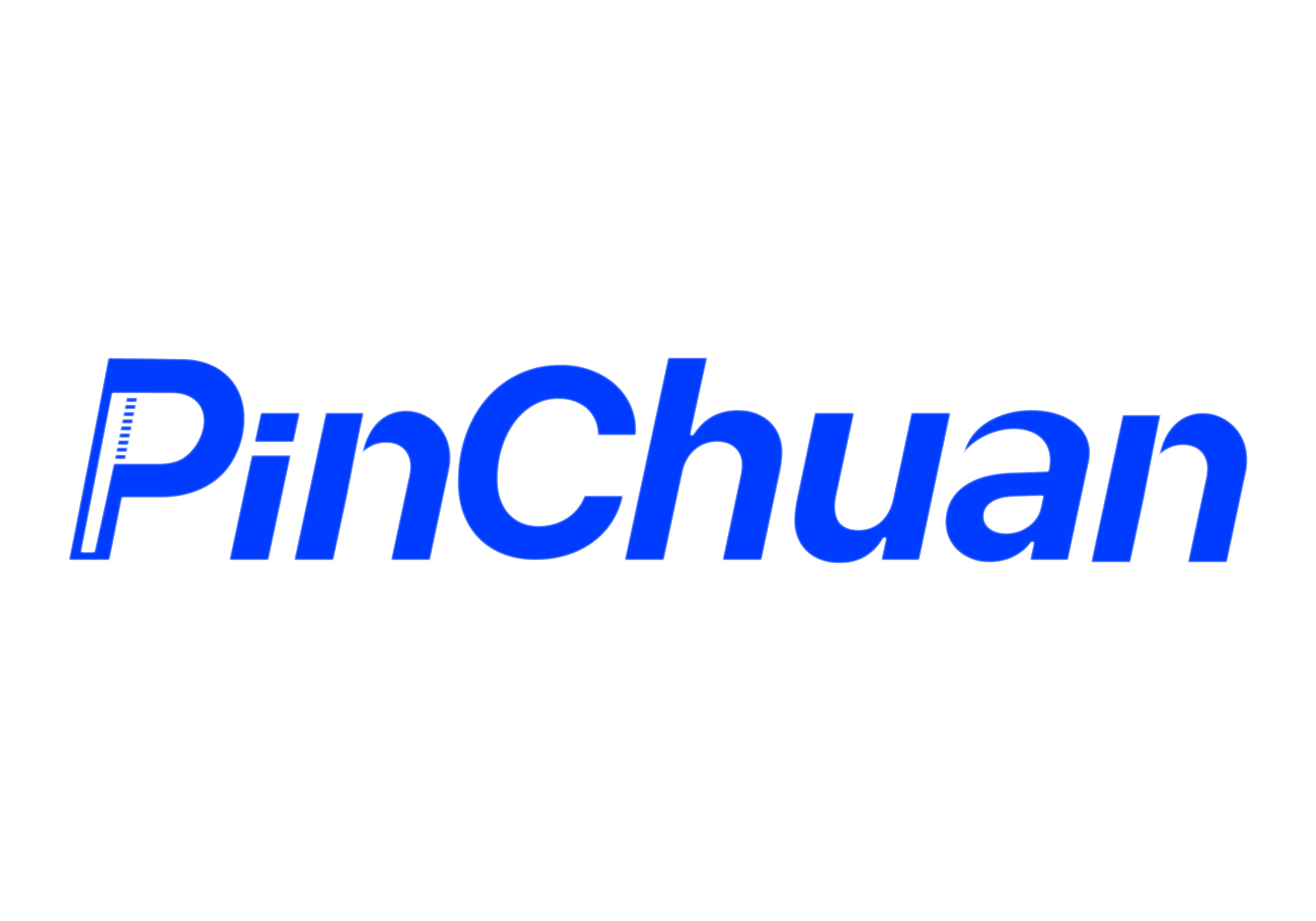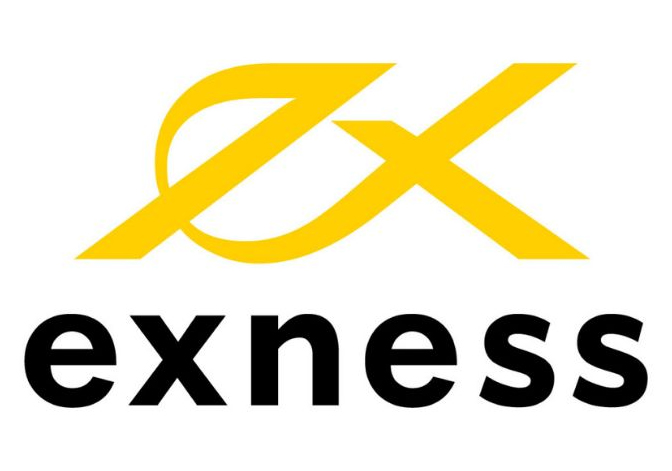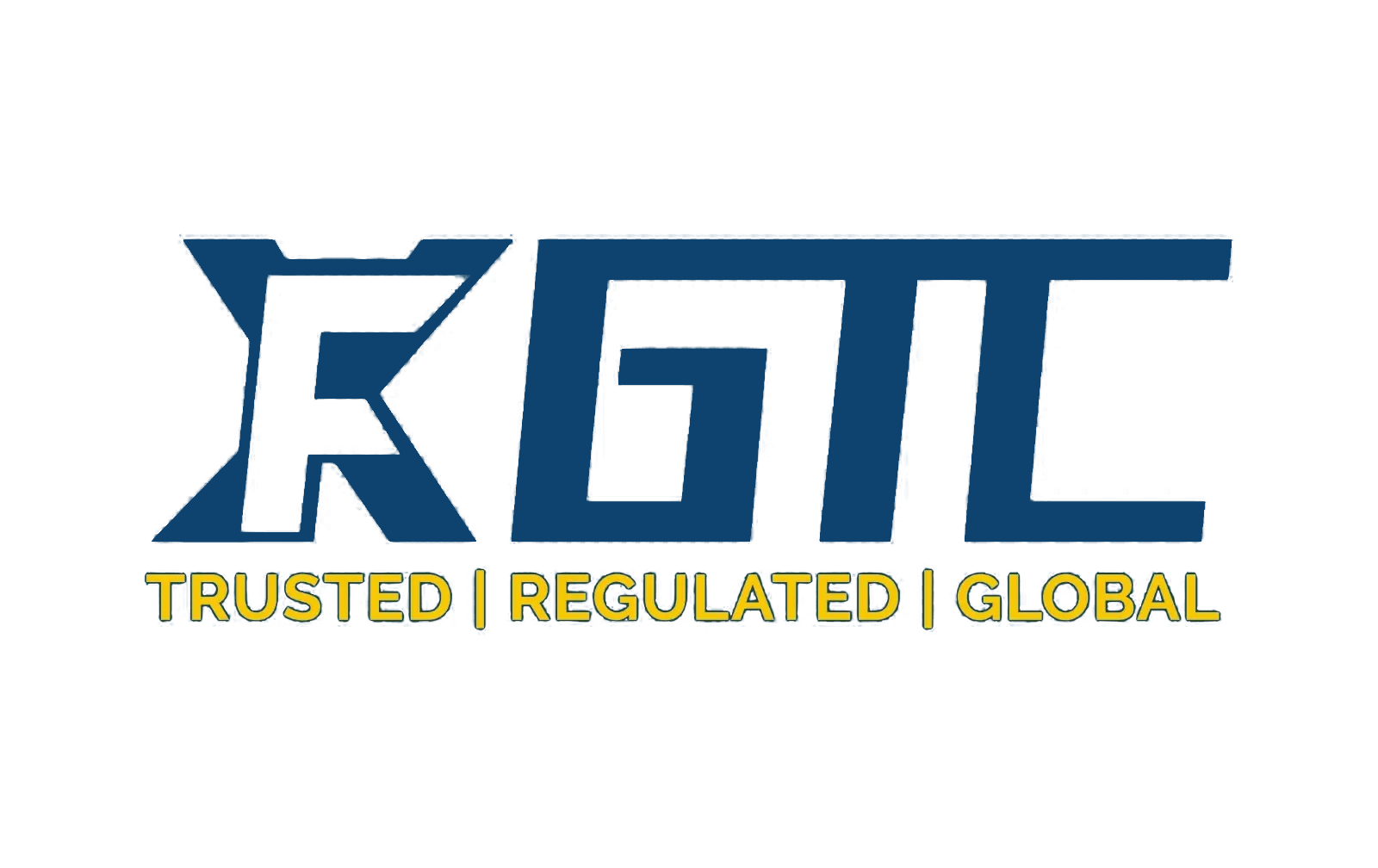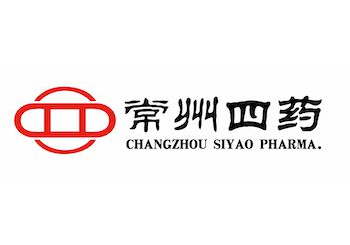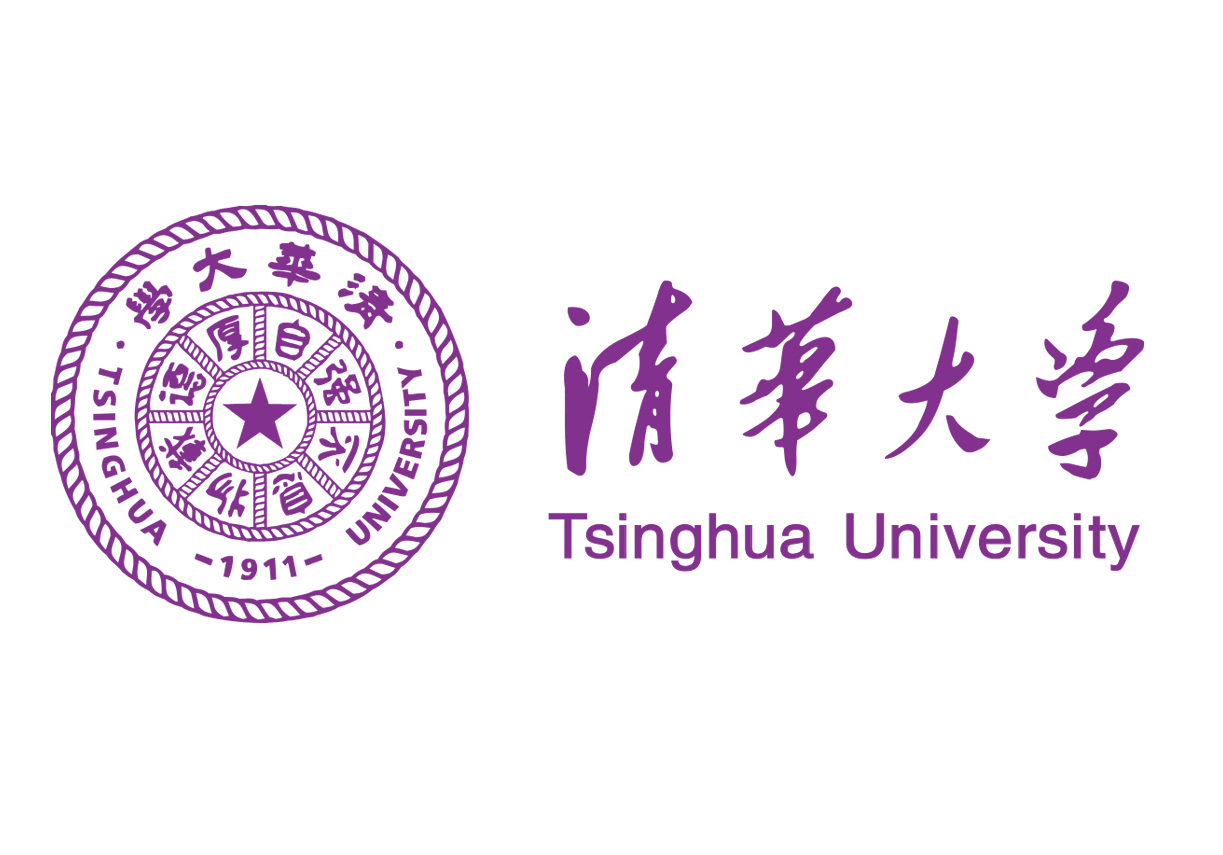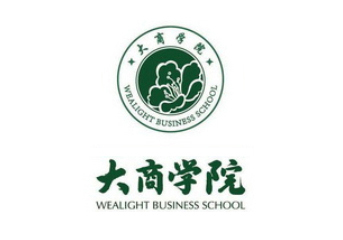SEO
The traffic engine of cross-border e-commerce enterprises: professional SEO optimization and content operation
Driven by globalization and digitalization, cross-border e-commerce has become an important way for enterprises to expand into international markets. However, with the intensification of market competition, how to obtain stable traffic and convert it into actual sales has become a core issue that every cross-border e-commerce enterprise must face. In this context, the importance of professional SEO optimization and content operation as traffic engines is increasingly prominent. They can not only help businesses increase online visibility, but also attract target users through precise content strategies, thereby maximizing brand value.
The traffic challenges faced by cross-border e-commerce
.jpg)
Cross border e-commerce enterprises usually face the following main challenges when entering the international market:
1. Language and cultural differences: Consumers in different countries and regions have different habits, language expressions, and cultural backgrounds, which puts higher demands on content creation.
2. Diversification of search engine rules: Mainstream search engines in different countries may vary, for example, Google dominates the European and American markets, while Yandex in Russia and Baidu in China have significant influence in their respective regions. This requires companies to develop differentiated SEO strategies for different markets.
3. Intense competition: With a large number of sellers on cross-border e-commerce platforms and severe homogenization competition, how to stand out has become a major challenge.
In such an environment, relying solely on traditional advertising or promotional activities is no longer sufficient to meet the long-term development needs of enterprises. Therefore, building a traffic engine with SEO optimization and content operation as its core is particularly important.
Professional SEO Optimization: The Key to Enhancing Online Visibility
SEO (Search Engine Optimization) is one of the core methods for cross-border e-commerce enterprises to obtain natural traffic. By optimizing website structure, keyword layout, and external link building, businesses can significantly improve their ranking on search engine result pages (SERPs), thereby attracting more potential customers. Here are several key SEO optimization strategies:
#1. Keyword research and localization
Keywords are the foundation of SEO optimization. For cross-border e-commerce enterprises, the selection of keywords should not only consider the core attributes of the product, but also take into account the language habits and search behavior of the target market. For example, in the European and American markets, the term "cheap" may have a negative connotation, while "affordable" is more popular. In addition, using localized long tail keywords such as "best wireless headphones for running in Germany" can help businesses reach their target users more accurately.
#2. Website technology optimization
A high-performance website is the foundation of SEO success. Cross border e-commerce companies need to ensure that their website loads quickly, is mobile friendly, and has a clear navigation structure. Meanwhile, adopting HTTPS protocol, optimizing image size, and setting reasonable meta tags are also essential technical details.
#3. Content quality and originality
Search engines are increasingly emphasizing the quality and originality of content. Cross border e-commerce companies can convey authority and credibility signals to search engines by writing high-quality product descriptions, industry guides, and user cases. In addition, regularly updating content and maintaining activity can also help increase the website's weight.
#4. External link construction and brand cooperation
Backlinks are one of the important indicators for search engines to evaluate the authority of a website. Cross border e-commerce enterprises can establish cooperative relationships with KOLs (key opinion leaders), media platforms, and other related websites in the industry to obtain high-quality external link resources. This can not only improve SEO rankings, but also expand the brand's international influence.
Content operation: the core driver of user engagement and conversion
If SEO optimization is the gateway to traffic, then content operation is the key link in converting traffic into actual sales. Through carefully planned content strategies, cross-border e-commerce companies can better establish emotional connections with target users and stimulate purchasing desires. Here are several core elements of content operation:
#1. User Profile and Requirements Analysis
Understanding the needs and preferences of target users is the first step in content management. Cross border e-commerce companies can collect user behavior data through data analysis tools such as Google Analytics, Hotjar, etc., and draw detailed user profiles based on social media interactions. For example, young consumers may be more concerned about fashion trends and personalized recommendations, while middle-aged users tend to prioritize practicality and cost-effectiveness.
#2. Diversified forms of content
Different types of content can meet users' information needs at different stages. For example, in the cognitive stage, educational content (such as blog posts, video tutorials) can help users understand product features; In the decision-making stage, user reviews, comparative evaluations, and limited time offers can effectively promote conversion. In addition, short videos, live streaming, and other forms have shown particularly outstanding performance in the field of cross-border e-commerce in recent years, especially in the Southeast Asian and Latin American markets.
#3. Social media and community operations
Social media is an important channel for cross-border e-commerce companies to interact with users. By regularly publishing interesting and valuable content, businesses can enhance user stickiness and cultivate brand loyalty. For example, Amazon sellers can showcase product usage scenarios through Instagram, or use Facebook groups to organize user discussions and share experiences. In addition, actively participating in local community activities can also help businesses establish a good brand image in the target market.
#4. Data driven content optimization
Content operation is not static, but requires continuous adjustment and optimization based on data feedback. Cross border e-commerce companies should regularly analyze performance data of their content, such as click through rates, reading time, conversion rates, etc., to identify the characteristics of high-performance content and replicate them. At the same time, improve or eliminate inefficient content to ensure efficient utilization of resources.
The synergistic effect of SEO optimization and content operation
SEO optimization and content operation do not exist in isolation, but complement each other. On the one hand, high-quality content can provide rich materials and keyword support for SEO; On the other hand, a scientific SEO strategy can ensure that content is discovered by more potential users. For example, an in-depth article about the "Winter Warm Clothing Selection Guide" may achieve high rankings in search engines and generate sustained organic traffic if carefully crafted with keyword layout and technical optimization.
In addition, both can further amplify their effects by integrating marketing activities. For example, during the Black Friday promotion period, cross-border e-commerce companies can combine long tail keywords optimized by SEO and hot topics on social media to launch a series of themed content (such as discount information, shopping strategies, etc.), forming a comprehensive brand exposure.
conclusion
In the competitive landscape of cross-border e-commerce, traffic has always been one of the key factors determining success or failure. As the two pillars of traffic engines, professional SEO optimization and content operation provide sustainable growth paths for enterprises. By gaining a deep understanding of the target market, developing scientific SEO strategies, and implementing refined content operations, cross-border e-commerce enterprises can not only stand firm in fierce market competition, but also gradually establish a strong brand moat. In the future, with the continuous development of artificial intelligence and big data technology, SEO optimization and content operation will also usher in more innovative opportunities, helping enterprises achieve greater business value.
Previous:The SEO secret of high-end consumer goods brands: combining
Next:SEO Transformation of B2B Enterprises: Independent Website O
98%的人继续阅读我们的案例
任何行业使用的SEO策略与技术都是相通的,行动就会有结果
每一位客人的需求不同、所展现的成果也不同,案例供参考

President Business School, access to deepseek, ERNIE Bot, Doubao AI, Alibaba Clo
Capgemini Ernest & Young brand optimization gets brand logo hintsThe company has
Our product transfer company completely obtains customers through SEO. A website
Global Financial Center (affiliated to Pinchuan Company, has applied for a trade
Due to privacy concerns, some content is hidden.Futures company Google ranking c
Due to privacy concerns, some content is hidden.A large financial company and pr
Google SEO Case - It took less than 1 day to rank for customer-specified keyword
On November 17, 2021, our company reached a cooperation with Guishitang (Changsh
On April 23, 2019, Mr. Zhang Zehua, an SEO expert of Pinchuan Company, was invit
On February 14, 2015, the Social Practice and Science and Technology Innovation
Famous University Professor Entrepreneurship Project - Independent Station and S
Business School Admissions Case



